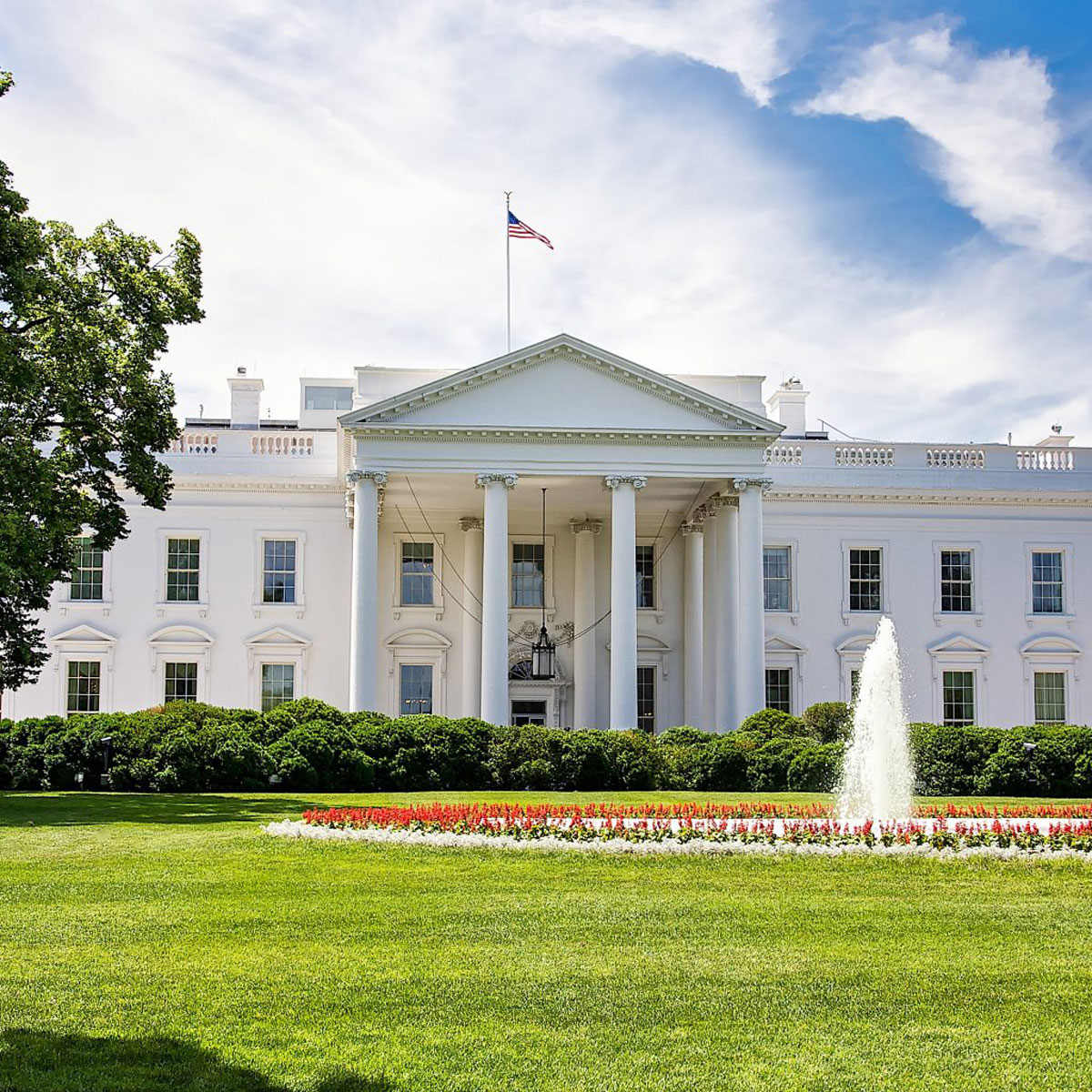This website uses cookies so that we can provide you with the best user experience possible. Cookie information is stored in your browser and performs functions such as recognising you when you return to our website and helping our team to understand which sections of the website you find most interesting and useful.
White House Higher Education Goals Released: Key Takeaways

An examination of the White House goal to better align education to the needs of today’s workforce
Earlier this year, the Trump Administration released 10 higher education priorities and goals in the White House’s Proposal to Reform the Higher Education Act. One goal that pertains specifically to higher education institutions receiving Title IV funds is item three: Better Align Education to the Needs of Today’s Workforce.
For years, there was a push for postsecondary institutions to drive academia toward two and four-year degrees. This shift away from certificate level programs allowed institutions to charge students more; however, the outcomes often suffered. Despite increased costs, the income level increase didn’t always produce high income level jobs for graduates.
Proposal to Better Align Education to the Needs of Today’s Workforce
According to the White House’s Proposal, “The labor market demands of the 21st century are driving more Americans than ever before to enroll in postsecondary education.” The purpose of this goal is to bring awareness to federal program requirements and reevaluate their current conditions. The Proposal emphasizes encouraging versus limiting the relationship between higher education providers and employers. After all, according to the Trump Administration, individuals learn better through experience-based education, such as apprenticeships.
The Proposal also mentions a need to reform the Federal Work Study (FWS) program “To support workforce and career-oriented opportunities for low income undergraduate students.” This would aim to advance students’ skills, knowledge, and experience in their chosen field through work-based learning versus campus-based jobs that serve only as financial aid.
The Difference Between Long and Short-Term Programs
Long-term programs (two to four-year degrees) produce more revenue for institutions per student. However, with this, there is a higher cost of attendance that results in students taking out loans and leaving school in debt. Higher education institutions with long-term programs are also faced with challenges surrounding enrollment and retention.
Short-term programs (certifications and licenses) involve lower budgets and less loans for students, thus supplying institutions with smaller revenues than schools with longer programs. As a result, institutions must increase their turnover rates to produce higher levels of income. Retention, nonetheless, is usually higher because of the shorter period.
Short-term programs offer more workforce opportunities but also face restrictions on grants and federal funding. However, the Trump Administration proposed that Congress expand Pell Grant eligibility to short-term programs, so for-profit institutions could see an increase in grant availability.
Focus Areas for Your Institution
We encourage you to be aware of the Department of Education’s goals and priorities, but to focus on the below three things regardless of the political landscape:
- Maintain a healthy composite score
- Improve and develop in-demand, short and long-term programs to produce maximum outcomes for your students
- Stay current on regulatory changes with the department of education through their weekly posting on ifap.ed.gov, conferences and aligning your institution with trusted provider
For more information, refer to our Title IV services page or contact us for more information.
This publication contains general information only and Sikich is not, by means of this publication, rendering accounting, business, financial, investment, legal, tax, or any other professional advice or services. This publication is not a substitute for such professional advice or services, nor should you use it as a basis for any decision, action or omission that may affect you or your business. Before making any decision, taking any action or omitting an action that may affect you or your business, you should consult a qualified professional advisor. In addition, this publication may contain certain content generated by an artificial intelligence (AI) language model. You acknowledge that Sikich shall not be responsible for any loss sustained by you or any person who relies on this publication.




